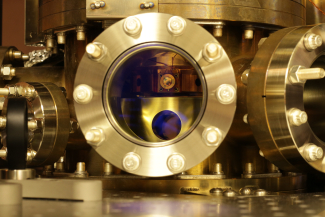A recent article for Inside GNSS, a leading media outlet dedicated to global navigation satellite systems, spotlights a significant advancement in the realm of precision timekeeping done by JILA and NIST Fellows Jun Ye and James Thompson, who have set a new benchmark in the accuracy of optical atomic clocks, overcoming a fundamental challenge known as quantum projection noise (QPN).
Optical atomic clocks are at the heart of modern precision timekeeping, harnessing the intrinsic properties of atoms to measure time with extraordinary accuracy. However, the precision of these devices has historically been constrained by QPN, a limitation arising from the inherent quantum nature of atoms. Addressing this challenge, Ye, Thompson, and their team have employed a technique known as spin squeezing to generate quantum entanglement within atomic samples. This innovative approach has led to a significant enhancement in clock stability, achieving a level of 10^-17 stability for the first time. Documented in Nature Physics, their research showcases a direct comparison between two independently spin-squeezed ensembles, heralding a new era in the science of time measurement.
This press clipping from Inside GNSS not only celebrates a remarkable scientific achievement but also heralds a new chapter in the ongoing quest for precision in measurement science. It showcases how, through collaboration and innovation, researchers are continuing to push the boundaries of what is possible, paving the way for future discoveries that could further expand our knowledge of the physical world.





